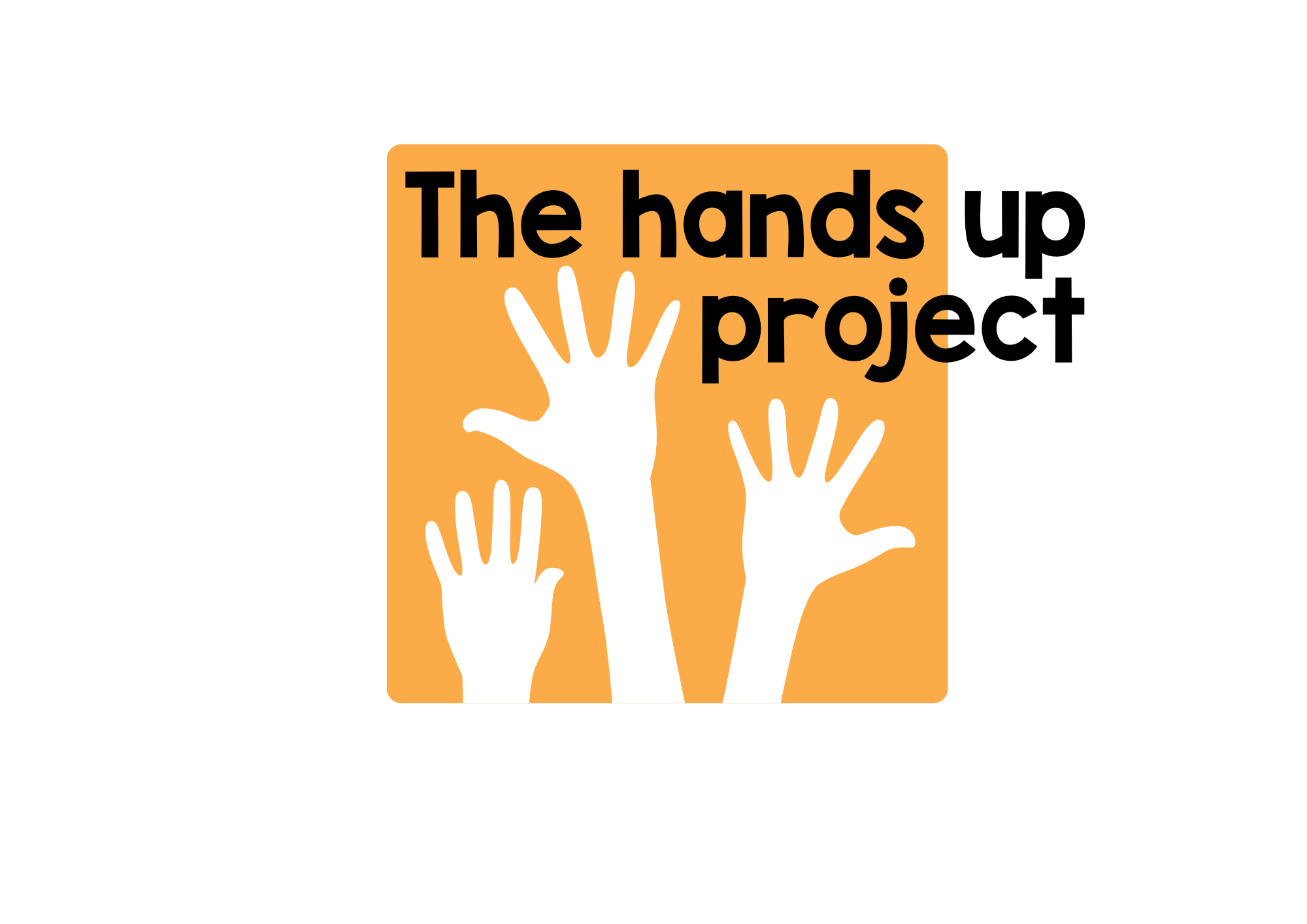A lesson plan for 'Toothbrush and other plays'
This week we have a post from storyteller and Hands Up Project volunteer, Rebecca Lemaire with a great idea for working with 'Toothbrush and other plays' with learners of English anywhere in the world.When I do storytelling or theatre activities, I like students to have the opportunity to express themselves freely without feeling that their responses will be judged as right or wrong. I also like the students to re-write or re-invent a story, changing some of the elements to make it more personal. This way, with the help of a ready-made framework (the original play), they end up with a story which they feel is truly their own.Here’s an example of how to do that, using one of the plays in the wonderful book ‘Toothbrush and other plays’. This lesson plan can be adapted to some of the other plays too. Let us know if you try it out, and how it went. Inner Thoughts.The written version: https://handsup4.files.wordpress.com/2018/10/inner-thoughts.pdfThe video:https://youtu.be/PypRVgj0S7E
- Watch or read the play with the students. Don’t discuss the play and its message at this point, unless some of the students want to react and say something immediately.
Note: At this stage, I think reading it rather than watching it is quite interesting as the students don’t know exactly how the play is performed by the Palestinian students and this will encourage your students to perform it in their own way. They could then watch the Palestinian version after having performed their own.
- Put the students in pairs or small groups and tell them they are going to make a list of things people their age and in their culture might be envious about.
Note: tell them the list doesn’t necessarily have to be about things they are personally envious about (this will give them greater freedom to share without being put on the spot). Also talk about how it’s okay and normal to be envious sometimes. You want them to feel comfortable about sharing.
- Ask them how they feel when they have envious thoughts. Is it painful? Annoying? Does it make them lose friendships? Does it make them do silly things?, etc. Allow time for discussion and sharing.
Then ask the students where they feel envy in their body. In their tummy, heart, throat, elsewhere? Ask them if they can think of the cure to envious thoughts? Does the play show them the cure? Elicit ‘gratitude’.
- Ask the students to make a list of things they are grateful for in their lives.
5. Ask them how they feel when they are grateful. Where do they feel the energy of gratitude in their body? In their tummy, heart, throat? Is it possible to feel envious, angry or worried while feeling gratitude? Impossible! Gratitude is the cure to many ailments.Note: as a follow-up the class could make a big nice poster for the classroom with things the students are grateful for. They can look at it when they are feeling down or upset.
- In groups of 3, 4 or 5, the students re-write the play replacing the Palestinian students’ objects of envy and gratitude with their own, using elements from their list. They then perform it.
Notes: 1. They can write the play and learn it off by heart before they perform it, which might take more time, or they can simply have the following template with their notes and improvise while performing.
- They can either act it out in front of a still camera as the Palestinian students did, or use more space as in more traditional theatre.
- If you want the speaking to be divided more equally, you could have student 1 be envious of student 2, student 2 or student 3, and so on until the loop is completed (student 4 is envious of student 1).
- If possible, perform it for the Palestinian students who wrote the original play, and watch the Palestinian students live. Your students then have a conversation with the Palestinian students.
Template: To help the students prepare the play, here’s a template that can be useful when structuring the play. When they prepare the script/play they should complete student 1’s script first using elements from their list, then student 2’s script. Student 1 -2 Student 1’s script Student 2’s script
| Student 1 – Object of envy number 1. Ah, look at…I wish I had …If only I could be her/him. | |
| Student 2 -What does student 2 not have that student 1 is grateful for? What is student 2’s problem? Yes, I have…. but …. | |
| Student 1 – Object of gratitude 1. Yes, it is true, I have … I am grateful for … |
